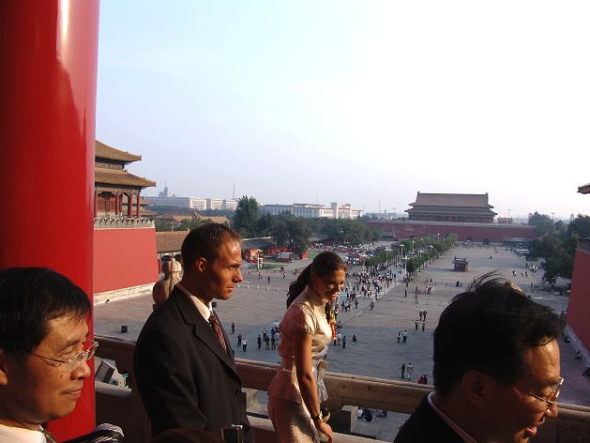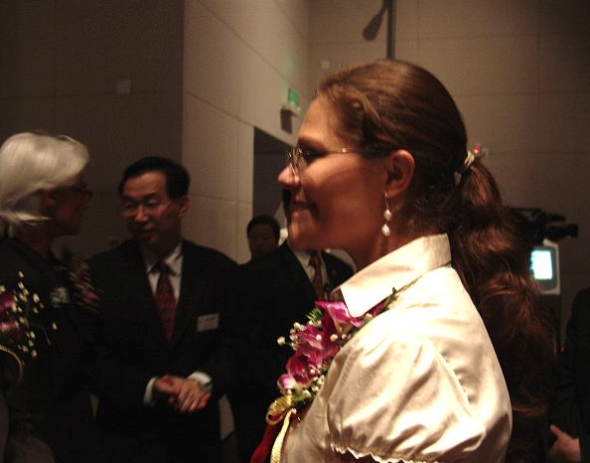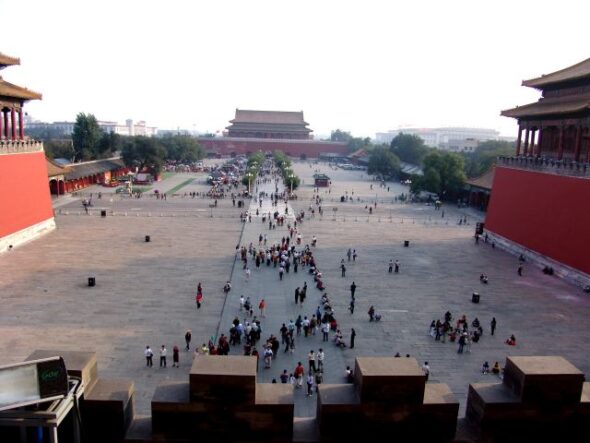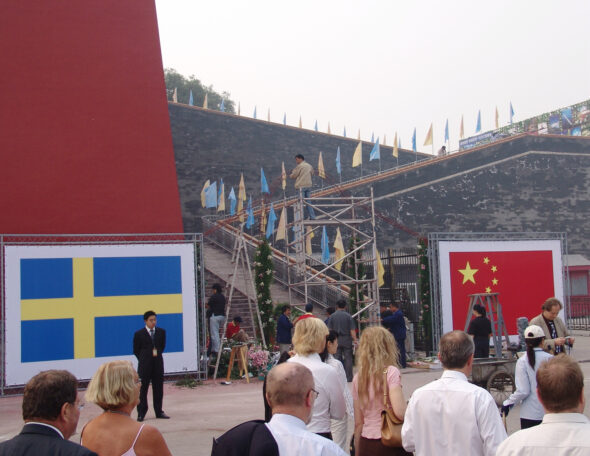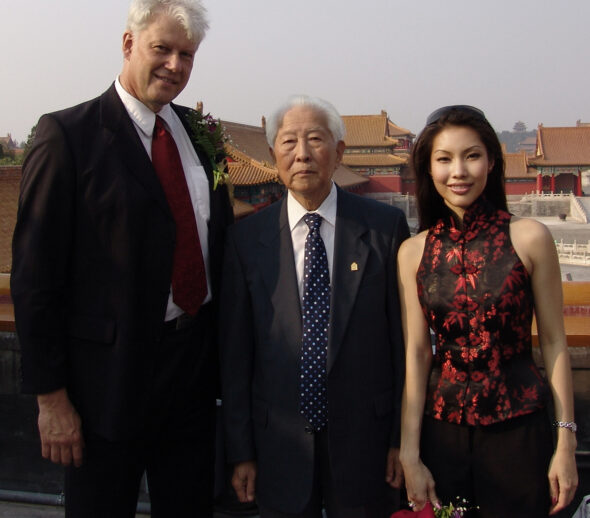
Throwback to 2005: A Day at the Forbidden City
When I began writing this blog in 2007, I had no idea how much of it would become a space for archiving quiet moments from projects, events, and travels. One memory that surfaces often is from September 2005, when I had the opportunity to attend and contribute to the Swedish Exhibition of Chinese Porcelain at the Palace Museum in Beijing. It was my first time in Beijing, and my first time visiting The Forbidden City.
The exhibition was held in the Wumen Hall, directly above the Meridian Gate of the Forbidden City—a space once reserved for imperial edicts and ceremonial events. It remains one of the most remarkable venues I’ve ever stepped into – the vastness of its architecture was breathtaking.
Opening day was a blend of formality and quiet awe. The early autumn heat, the soft sweep of Beijing winds, and the layered sounds of multiple languages marked the setting. As the official speeches commenced, I remember looking around and thinking how surreal it felt to stand in a place that had witnessed centuries of history.
A short video from that day is now available on YouTube, offering a glimpse of the atmosphere and ceremony. There were many photos taken, and some are in this space to share.
The conversations that took place on those exhibition days in Beijing were also memorable—one of which revolved around the contrast between the porcelain objects on display and their original purpose. These were once items of daily use or objects of trade, now placed behind glass and elevated as historical artifacts. It raised interesting reflections on how context, geography, and time shift the meanings we assign to objects.
One discussion in particular stayed with me: a quiet moment between exhibitions, standing beside a curator from the Palace Museum. We spoke about the idea of “value”—how porcelain, once a material of function and commerce, now served as a bridge between cultures, a form of diplomacy through aesthetics. He remarked that seeing these pieces return, even temporarily, felt like a kind of cultural homecoming.
In between official events, the setting itself often prompted pause. The staircases, the weathered stones, the intricate rooflines above Wumen—all seemed to breathe with the presence of history. It was a reminder that while exhibitions are curated, the spaces that hold them have their own silent narratives.
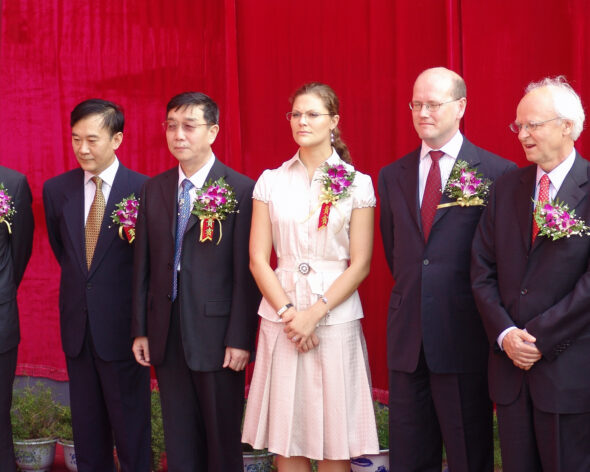
The Opening Ceremony begins. HRH the Swedish Crown Princess Victoria in the middle has to her left the Swedish Minister for Industry and Trade Mr. Thomas Östros and the Swedish Ambassador in China Mr. Börje Ljunggren. To her right, Chinese Deputy Minister of Culture, Director of Palace Museum, Mr. Zheng Xinmiao and Deputy Director of Palace Museum, Mr. Li Ji.
